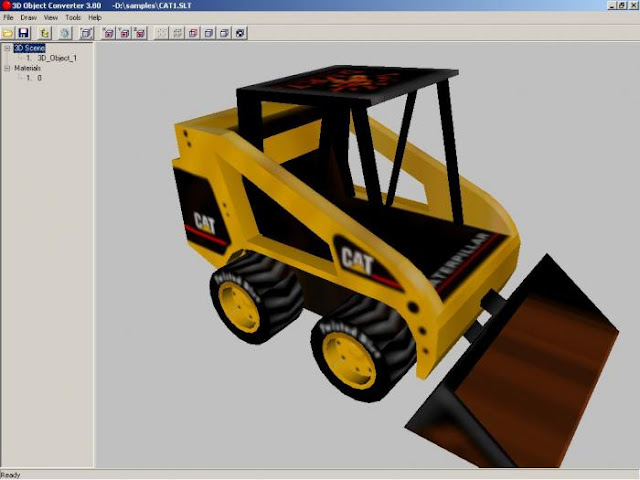

For this purpose several mobile instrument towers, including four eddy correlation devices and two scintillometers, were deployed in the field to monitor the individual components of the energy, water and CO 2 flux exchanged over different surfaces at the Barrax site in Spain. A large number of ground‐based instruments are therefore necessary for a complete observation and understanding of the turbulent fluxes in space and time. The latter are much more difficult to observe and characterize. In addition to the organized patterns and circulations of turbulent fluxes due to land uses and dominated by radiative forcing, the terrain heterogeneity also causes secondary effects either in terms of surface geometrical conditions (roughness) or thermal dynamic conditions (dryness or wetness), which may cause local circulation of turbulent fluxes.

solar radiation and wind), the measurements of these fluxes are most challenging over heterogeneous terrains. These two data sets are open to the scientific community for collaborative investigations.Īs turbulent fluxes (water vapour, heat and CO 2) occur from scales of an air molecule to terrain characterized by synoptic circulation and are influenced by both internal biophysical characteristics of the soil and vegetation and external forcings (e.g. Preliminary analysis and interpretation of the measurements are presented. The emphasis of this contribution is on the in situ measurements of land–atmosphere exchanges of water, energy and CO 2 as well as the thermal dynamic states of the atmosphere, the soil and the vegetation. Both campaigns were also contributions to the EU 6FP EAGLE Project. The campaigns were carried out in the framework of the Earth Observation Envelope Programme of the European Space Agency (ESA) with the aim of supporting geophysical algorithm development, calibration/validation and the simulation of future spaceborne Earth Observation missions. Part of the experimental area is a core site of area 25 km 2, within which numerous crops are grown, on both irrigated and dry land, alongside fields of bare soil.

To advance our understanding of land–atmosphere exchanges of water, energy and carbon dioxide (CO 2) in space and time over heterogeneous land surfaces, two intensive field campaigns were carried out at the Barrax agricultural test site in Spain during 12–21 July 2004 (SPARC 2004) and 8–14 July 2005 (SEN2FLEX 2005) involving multiple field, satellite and airborne instruments for characterizing the state of the atmosphere, the vegetation and the soil from the visible to the microwave range of the spectrum.


 0 kommentar(er)
0 kommentar(er)
